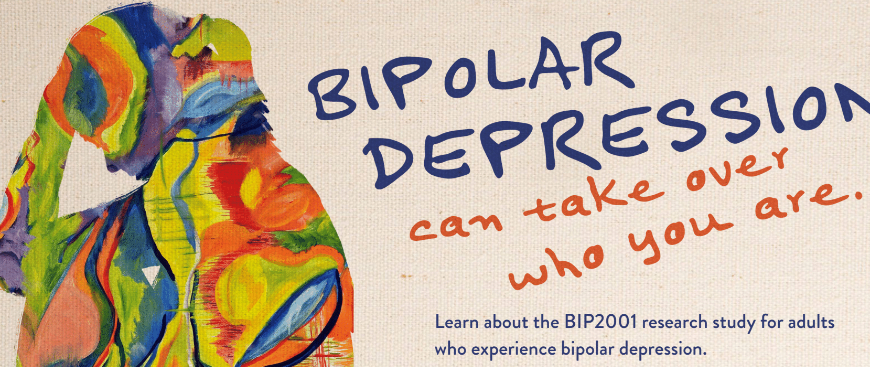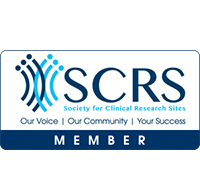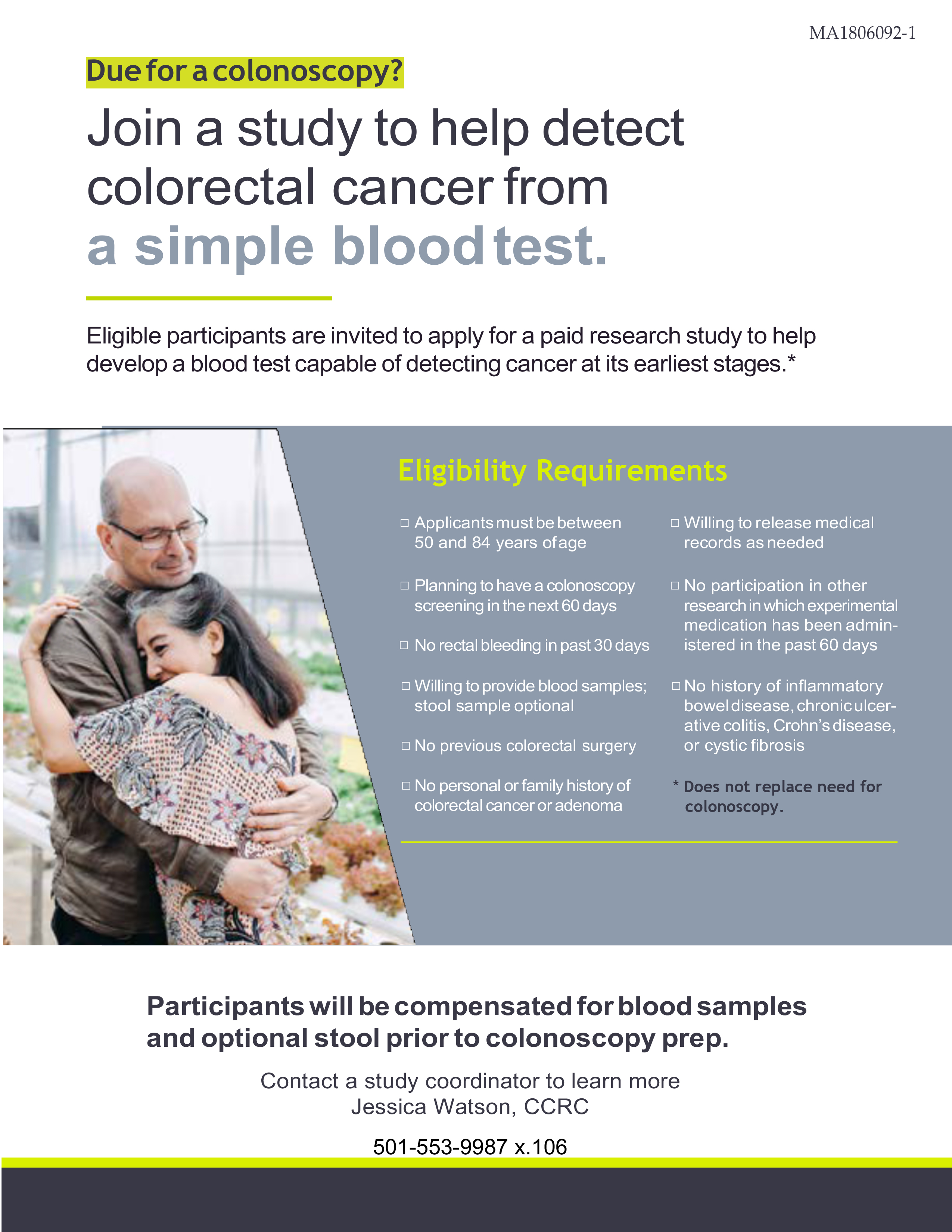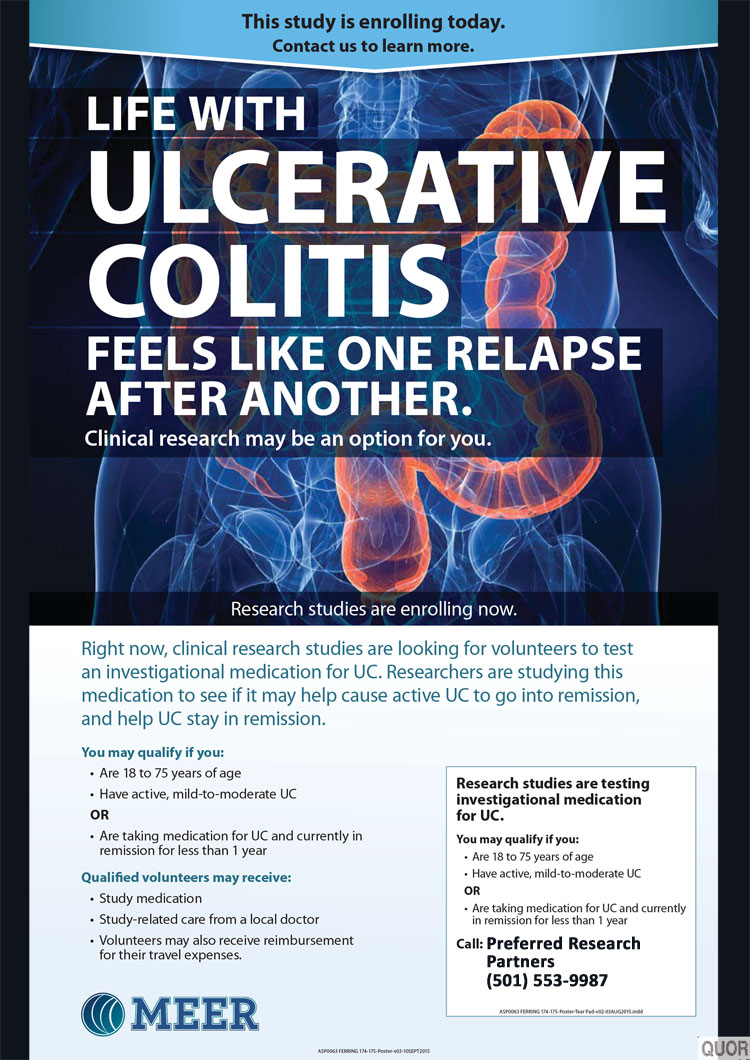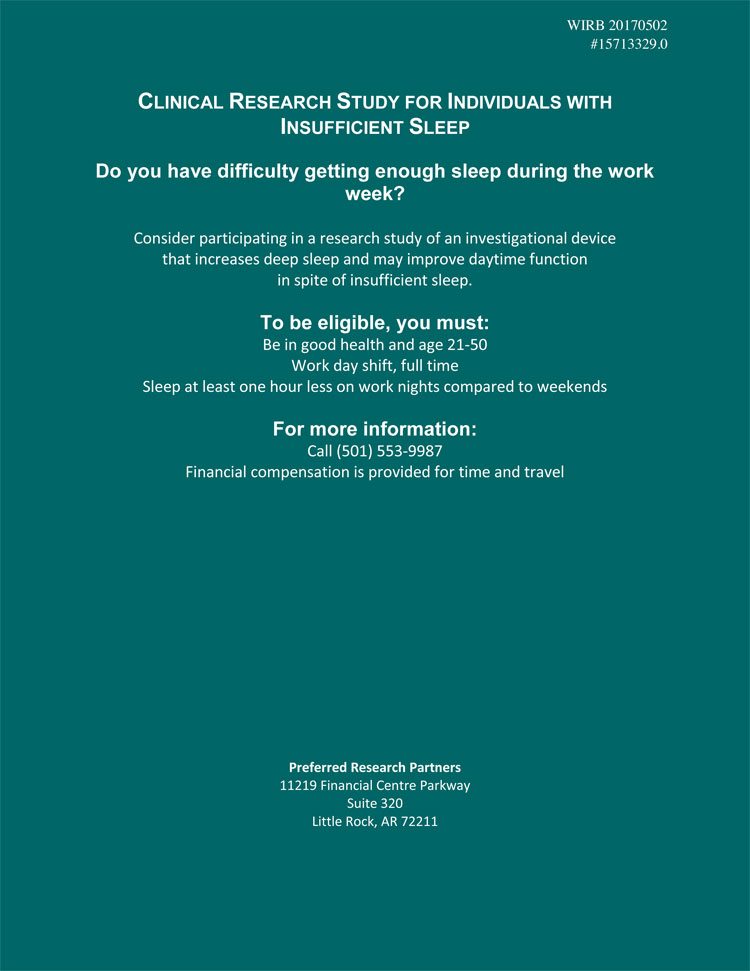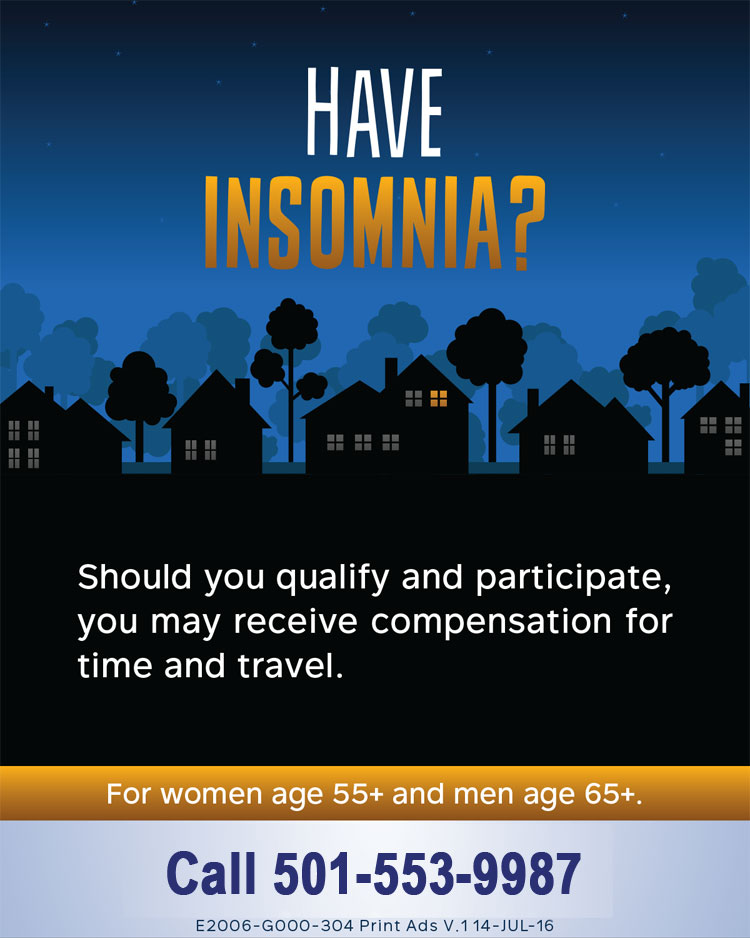Bipolar disorder is a mental health condition that is characterized by extreme shifts in mood, energy, and activity levels. People with bipolar disorder experience periods of intense emotional states, including manic episodes and depressive episodes. Bipolar disorder can significantly impact a person’s daily life, relationships, and overall sense of well-being.
Types of bipolar disorder
- Bipolar I Disorder: This type involves a person experiencing at least one manic episode. During this episode there is a period of elevated mood, high energy, impulsivity, and often feelings of euphoria. In some cases, individuals may also have depressive episodes where he/she feels very down or sad and/or even anxious.
- Bipolar II Disorder: People with bipolar II experience depressive episodes as well as hypomanic episodes. Hypomania is a less severe form of mania and is characterized by similar symptoms but less intensity.
- Cyclothymic Disorder (Cyclothymia): Cyclothymic disorder is a milder form of bipolar disorder and includes numerous periods of depressive symptoms that are experienced along with hypomanic symptoms for at least two years. The mood swings are usually less severe than those in Bipolar I or II, but they can still have an impact on a person’s life.
- Unspecified Bipolar Disorder: This type is used when symptoms of bipolar disorder are present, but they do not fit the specific criteria for any of the other types classified.
Symptoms of bipolar disorder
Manic episodes:
- Elevated mood or irritability
- Increased energy and activity levels
- Racing thoughts and rapid speech
- Decreased need for sleep
- Engaging in risky behaviors
Depressive episodes:
- Persistent sadness or emptiness
- Loss of interest in activities
- Fatigue and/or lack of energy
- Changes in appetite and weight
- Difficulty concentrating and making decisions
- Thoughts of death or suicide
Frequently Asked Questions
- How is bipolar disorder diagnosed?
- When someone is concerned with the possibility of dealing with bipolar disorder, a medical professional, usually a psychiatrist or a psychologist will perform a comprehensive evaluation. During this evaluation, there are certain criteria that would be evaluated based on the symptoms, episodes, duration of episodes, and how impacted a person’s life is.
- Can children and adolescents have bipolar disorder?
- Bipolar disorder is often seen in late adolescence or early adulthood; however, it can also affect children and older adults. When bipolar disorder begins in childhood or adolescence, it is sometimes referred to as early-onset or pediatric bipolar disorder. The symptoms of bipolar disorder in children and adolescents may differ from those seen in adults.
- Is bipolar disorder a lifelong condition?
- Bipolar disorder is commonly considered a lifelong condition. With proper treatment, many individuals with bipolar disorder can live fulfilling and productive lives. However, it is essential to recognize that there may be periods of stability and times when the symptoms can be more challenging to manage.
The primary goal of treatment is to stabilize mood, manage symptoms, and prevent relapses. If you or someone you know is dealing with bipolar disorder, visit our study page to learn about our enrolling clinical trial for bipolar disorder.

